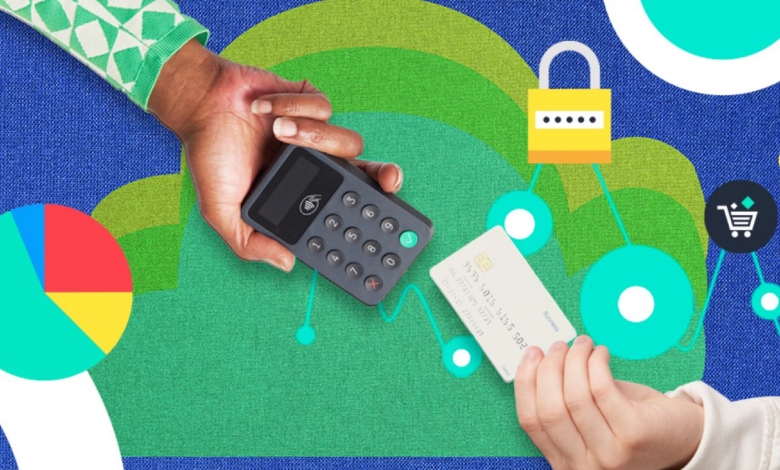B2B Customer Data Optimization: Fixing the Leaks in Your Data House

Traditional data solutions often fall short when it comes to meeting the needs of B2B businesses. For consumer products companies, turning customer insights into actionable strategies is particularly challenging given the complexities of B2B ecosystems. As direct-to-consumer (D2C) and business-to-consumer (B2C) e-commerce continue to expand, the B2B sector is quickly catching up. Business customers, whether they’re in fleet management, healthcare, or the food industry, now expect the same level of digital sophistication and personalization that they experience as individual consumers.
While many B2B consumer products (CP) companies have seen sales growth through instinct, long-standing relationships, and historical data, the modern B2B landscape demands more. Real-time insights and predictive analytics have become essential for delivering the customer experience that today’s business clients expect. Unfortunately, a lack of actionable first-party data often prevents CP companies from meeting these digital demands. Without a solid data strategy, these companies risk losing customers to competitors who are better equipped to serve the changing needs of the market.
Why B2B Consumer Products Companies Need to Revisit Their Data Strategy
Many B2B CP companies have already implemented or are considering customer data platforms (CDPs) to better manage customer insights. However, several significant trends are pushing customer data platforms to rethink their approach to customer data:
- Changing Regulations: With the decline of third-party cookies and stricter privacy regulations, companies are being forced to invest more in first-party data collection. Many existing data management systems aren’t equipped to handle this shift, either because they don’t integrate well with first-party data or they don’t comply with new privacy laws.
What’s needed: Companies need a strategy that builds trust with customers through permission-based data relationships, supported by consent management platforms. - New Competitors and Market Changes: Digital-first companies are entering the market, forcing traditional CP companies to form direct relationships with their customers rather than relying on third-party sellers. Those who succeed in collecting first-party data are seeing significant growth and increased customer lifetime value.
What’s needed: Fresh approaches to first-party data collection that align with the company’s marketing and sales priorities. - Evolving Customer Expectations: B2B customers now expect personalized, digital-first sales experiences, much like they receive from B2C brands. This raises the bar for CP companies, which now have to compete not only with industry peers but also with major consumer brands.
What’s needed: An ongoing process of testing, measuring, and learning to determine which personalization strategies work best, allowing companies to scale those that deliver quick results. - Technological Advancements: Although CDPs are designed to store and analyze data from various sources, many companies find that their current solutions fall short of their goals. Only about one-third of CDP users feel that their platforms help deliver connected customer experiences, and even fewer believe their CDPs provide advanced insights through machine learning.
What’s needed: A clear understanding of current data capabilities, a roadmap for future improvements, and a framework for demonstrating value to gain management support.
The Unique Data Challenges B2B CP Companies Face
B2B CP companies face several challenges when implementing CDPs, making it even more important to have a clear implementation plan:
- Identifying Decision Makers: In B2B, the buying process involves multiple decision-makers whose roles can change over time. A comprehensive customer profile needs to evolve to reflect these changes, such as when a customer changes positions or leaves the company.
- Personalization: B2B companies often lack the volume of data needed to personalize marketing efforts effectively. They need to ensure that their first-party data collection strategies are sufficient to meet their personalization goals.
- Value Exchange: While B2C companies can incentivize data sharing through gamification or rewards, B2B companies typically gather data through more limited means, such as newsletter sign-ups or customer surveys.
- Multiple Brands and Categories: Large CP companies need to integrate customer data across different brands and product lines, which can be complex. It’s important to balance this complexity with the potential benefits.
- Turning Insights into Action: Even with a CDP in place, many companies struggle to use the insights they gain. A lack of technical expertise, resources, or buy-in from management can prevent customer data from driving sales strategies.
Prioritizing B2B Data Use Cases
Addressing these challenges begins with defining and prioritizing the key ways in which customer data will be used, along with the necessary data to support these use cases. Common priorities for B2B CP companies include:
- Pricing Optimization: Pricing in B2B is complex, involving long-term contracts and multi-tier pricing decisions. Modern CDPs can use machine learning to incorporate both internal and external data to optimize pricing while adhering to necessary guidelines.
- Loyalty Engagement: B2B loyalty programs need to be carefully managed to avoid overwhelming customers. A unified customer profile within a CDP helps ensure that messaging is tailored and relevant.
- Personalized Campaigns: B2B marketing often relies on highly personalized, one-on-one campaigns. Accurate and up-to-date contact information in a CDP is crucial for these efforts.
- Product Recommendations: As digital commerce grows in the B2B sector, automated product recommendations are becoming more important. A well-organized CDP can improve these recommendations over time.
A Real-World Example: Overcoming Data Challenges
One leading personal care and beauty company faced significant challenges when implementing a CDP, including outdated processes and siloed data. By revisiting their first-party data strategy, they were able to centralize customer data, create unique customer IDs, and gain a comprehensive view of customer behavior. This transformation led to a significant increase in sales and conversion rates, demonstrating the value of a well-executed data strategy.
How Publicis Sapient Can Help
To make the most of a CDP implementation, B2B companies need a comprehensive approach that addresses everything from technical architecture to talent and resources. Publicis Sapient’s B2B experts help global brands bring their data strategies to life, driving value and growth in a complex and competitive landscape.

